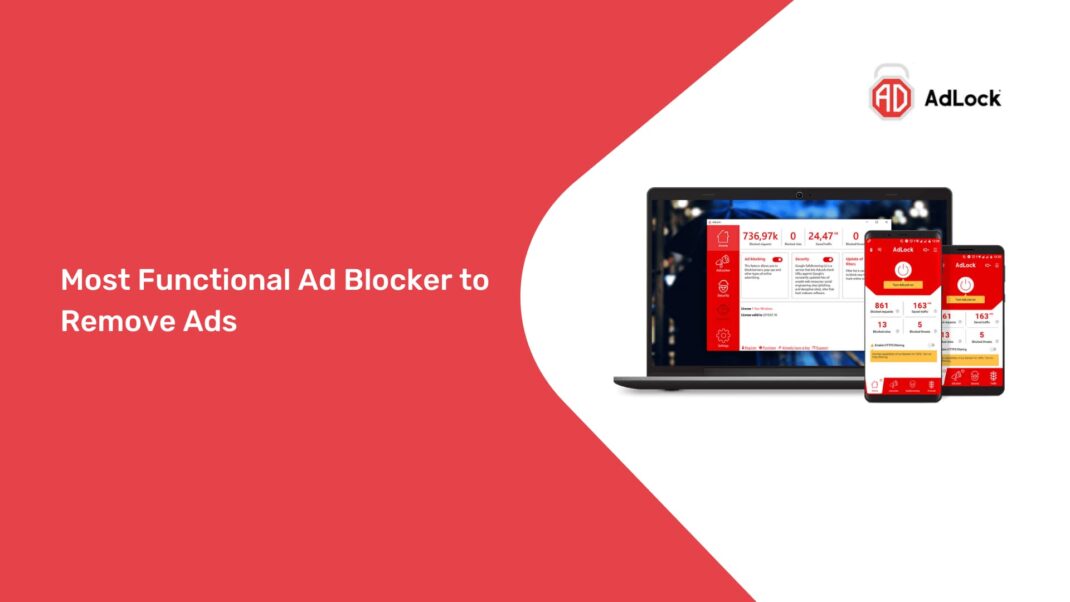How Online Ads Distract Like Visual Noise in Art
Imagine standing in front of a masterwork, perhaps a Rothko or a Hokusai, and suddenly a blinking neon sign flashes across the canvas. You squint, lose focus, and the emotional resonance is gone. The balance is broken. The message is distorted.
This is what online ads often do to the digital experience.
In our hyperconnected age, the internet has become the gallery where we browse, learn, reflect, and create. But increasingly, this gallery is overwhelmed by visual noise – distracting, repetitive, often irrelevant advertisements that clash with the aesthetic and cognitive space we hope to enter.
The Aesthetics of Attention
Artists and designers have long understood the value of negative space. Silence in music, white space in design, and visual stillness in painting all serve to focus the observer’s attention. The internet, as a visual medium, was once full of potential for this kind of minimal, curated experience.
But with the rise of programmatic advertising and algorithm-driven banner placements, the digital canvas is often cluttered beyond recognition.
Pop-ups, auto-playing videos, flashing banners, these are not neutral presences. They are interruptions, demanding attention. They hijack the natural rhythm of reading, watching, and thinking. Much like a garish sign defaces a cathedral, online ads, when poorly designed and poorly placed, disturb the user’s sense of immersion and intent.
Cognitive Overload and Visual Chaos
Multiple studies in cognitive psychology have shown that visual distractions impair our working memory and processing speed. Just as a crowded canvas can confuse the viewer’s eye, a web page littered with advertisements fractures the reading experience.
Your brain, like a gallery visitor, must constantly refocus:
- Skip the ad.
- Close the banner.
- Mute the video.
- Scroll back to find your place.
This disjointed experience creates mental fatigue, one that isn’t always conscious, but that reduces engagement, comprehension, and enjoyment. The beauty of thoughtful content, whether it’s investigative journalism or a digital exhibit, is lost in the noise.
The Ad-Supported Web vs. the Curated Experience

To be fair, advertisements do fund much of the internet. And there is a time and place for ethical, contextual, and non-invasive advertising. However, most online ads today are not curated; they are injected.
They don’t care what you’re reading. They don’t align with the aesthetic of the site. They don’t even ask for permission.
This is particularly painful on cultural and educational websites where users come for reflection, learning, or discovery. The juxtaposition of a thoughtfully written article on Bauhaus typography with a flashing ad for shoes is more than a clash; it’s a contradiction.
What Artists Teach Us About Silence
Minimalist artists like Agnes Martin and Donald Judd used absence as a form of presence. The power of their work comes from what is not there. Similarly, Japanese aesthetics value ma, the empty space between elements, which allows meaning to breathe.
In web design and digital storytelling, this same principle applies. A site uncluttered by ads offers the user space to contemplate, to absorb, to return.
Just as silence in a gallery magnifies the artwork, the absence of distractions online heightens engagement. It restores dignity to the content.
Can Digital Spaces Be Sacred Again?
The internet doesn’t have to feel like a marketplace bazaar. Platforms can return to being libraries, museums, gardens, spaces for intentional interaction. But for that to happen, we need tools that help us curate our own experiences.

Ad blockers like AdLock, for instance, are less about censorship and more about reclaiming that space. They act like gallery guards, ensuring nothing inappropriate sneaks onto the frame. They remove the noise so the signal can resonate.
Why This Matters in the Cultural Sector
Cultural organizations, nonprofits, and educators invest time and intention into crafting meaningful digital resources. Yet these efforts can be diluted, visually, cognitively, and emotionally, by the unchecked flood of ads.
If a museum spent months digitizing an exhibition and crafting its accompanying texts, should that visitor’s experience be disrupted by a tracking pixel and an irrelevant product suggestion? Should an academic article on performance theory load more slowly because of hidden ad scripts? – We think not.
As digital audiences, we should demand more. As cultural stakeholders, we should build better. The internet, at its best, is an archive of human knowledge and creativity. Let’s treat it as such.
Curating the Digital Canvas
Think of your screen as a canvas. Every element should have purpose and harmony. Ads that don’t align with your interests, or worse, violate your trust, disrupt the integrity of that canvas.
By using tools to filter or eliminate intrusive ads, we are not being selfish; we are being discerning. We are protecting our mental space, our focus, and our time.
More importantly, we value intentional design. We choose clarity. We choose calm.
Final Thought: The Right to Browse Beautifully
In the world of art, there’s a difference between collage and chaos. The same applies online. There is beauty in curated diversity, and there is noise in unchecked randomness.
As users, we have the tools and the right to craft a digital environment that supports thought, creativity, and exploration.
Blocking ads isn’t just about convenience, it’s about respect. For your mind. For the content. For the culture.

